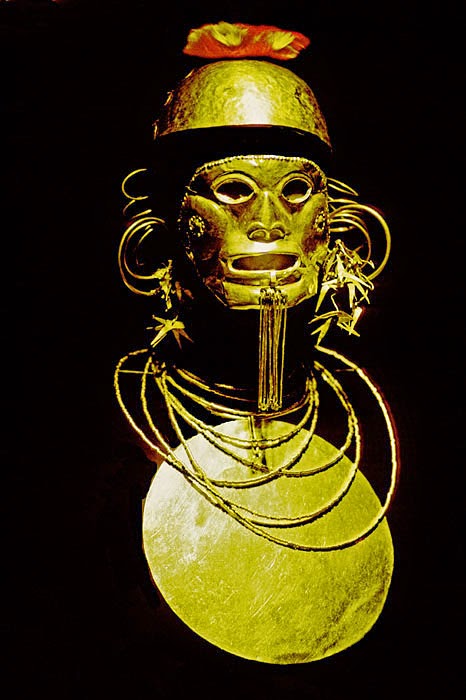In this 1968 photo taken in the center of Borneo’s rain forest, Dyak
women are playing a popular game. On their way to pound rice, one early
afternoon after lunch, they are moving their pestles in and out on the ground
to try to catch the ankles of a woman jumping in and out of them.
Men and boys have their own game of skills. Their goal is to use their
large wooden tops to bang those of their opponents. Holding their own tops, some
of the players are waiting on the side to enter the game.
To view
more Indonesia photos on this blog, write that word in the search box.
All the
photographs of this blog are copyrighted.
No usage
permitted without prior authorization.
























